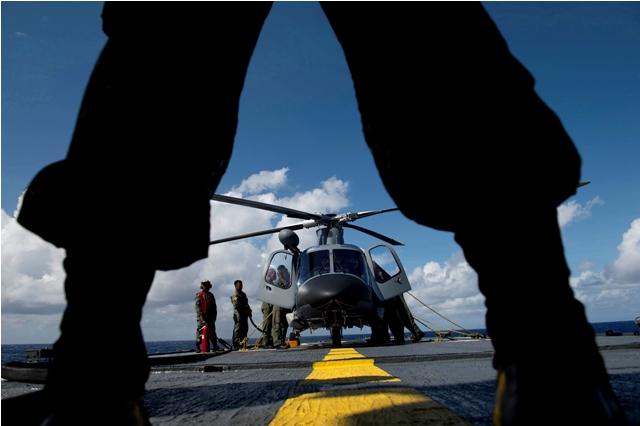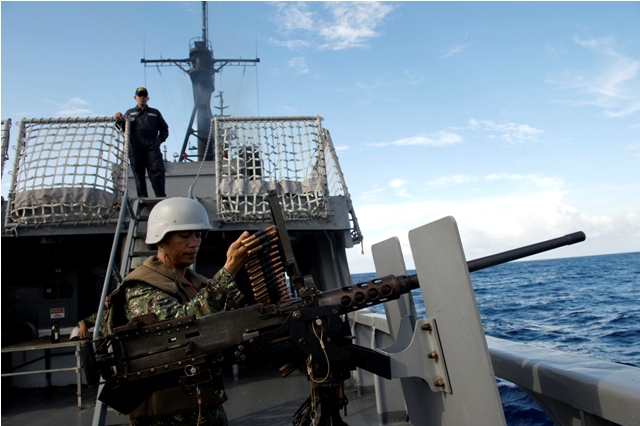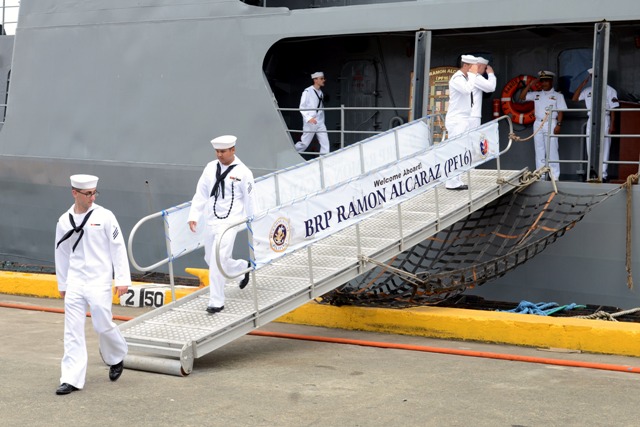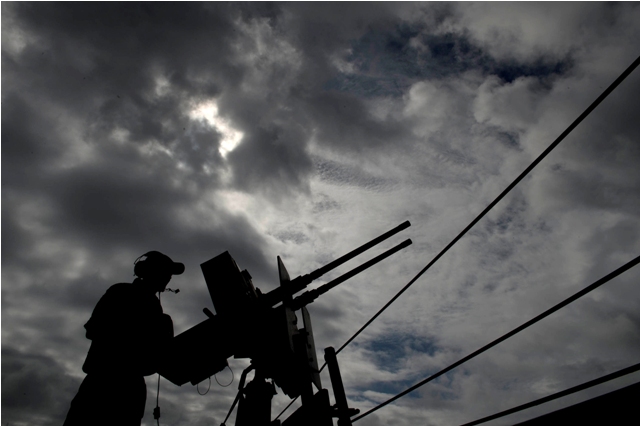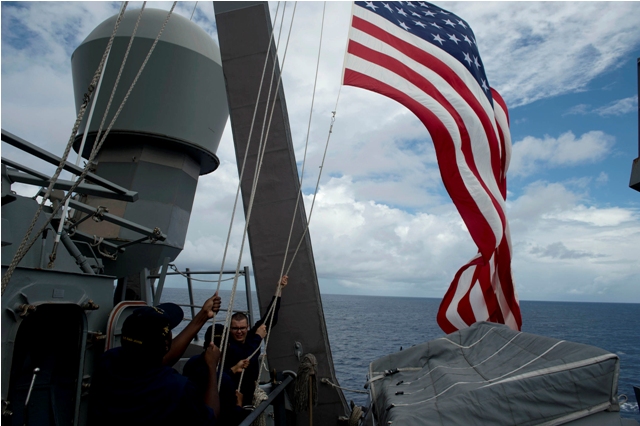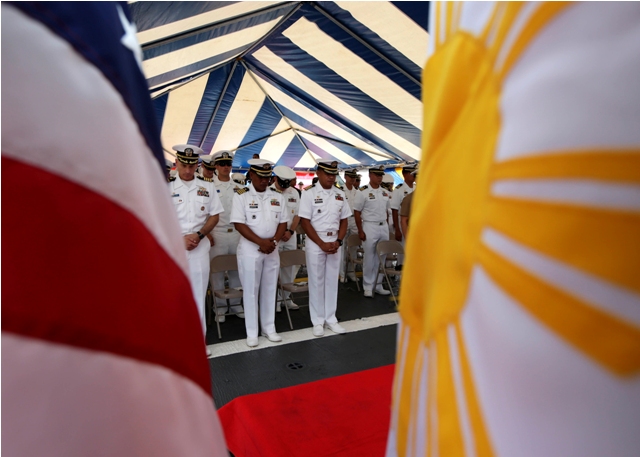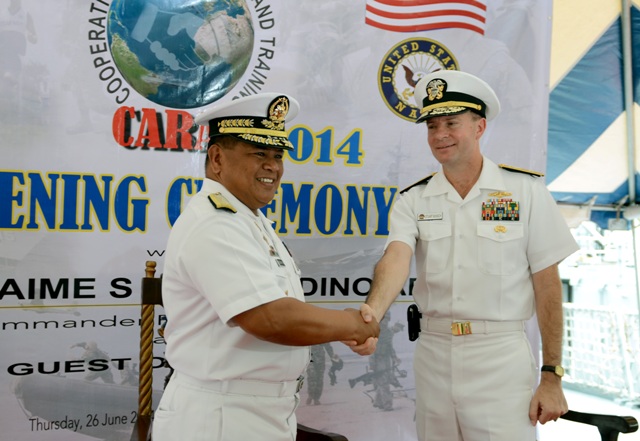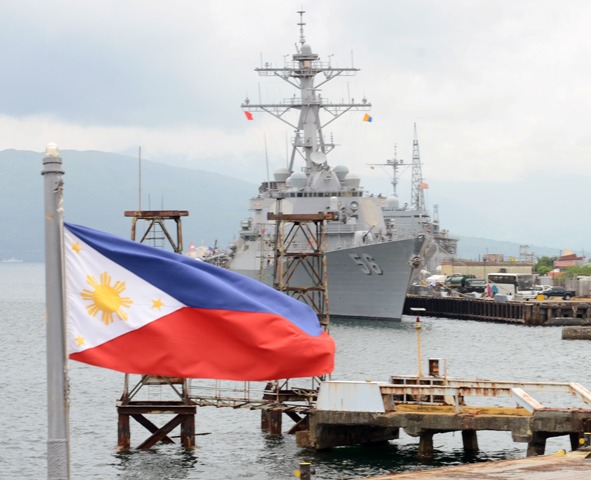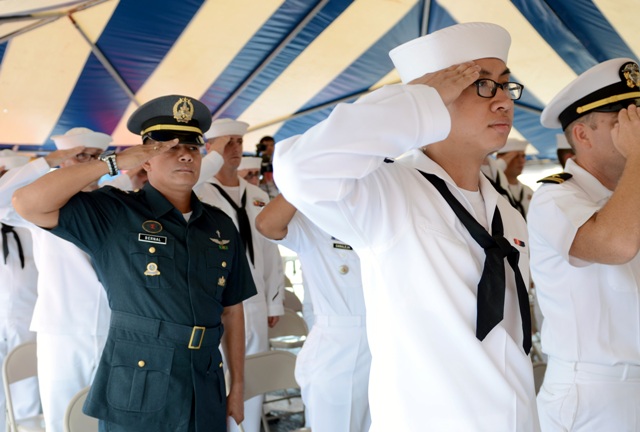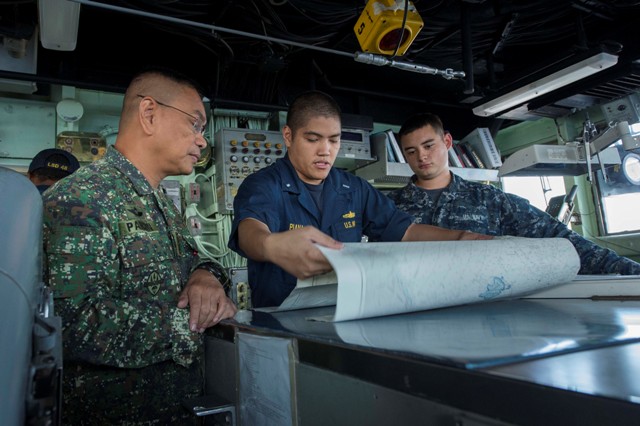
MANILA, Philippines - The Philippines received another credit-rating upgrade, this time from Japan-based R&I, in recognition of the reforms put in place by the Aquino administration that had paved the way for the country’s economic boom.
R&I announced Wednesday it raised the Philippines’ long-term foreign currency issuer rating by a notch from the minimum investment grade of BBB- to BBB due to a consistent rise in per-capita income in the country following substantial investments in infrastructure.
The rating was assigned a “stable” outlook, which means it is unlikely to change within a year.
At the same time, R&I maintained the country’s short-term debt rating at a-2, which indicates high certainty that short-term financial obligations would be paid.
“The Philippines’ economy continues to show strong growth, thanks to brisk investment coupled with private consumption driven by remittances from overseas Filipinos. This should allow for relatively high growth and raise per-capita income levels steadily,” R & I said in a report, adding that this would allow for a relatively high growth and steady increase per capita income.
Per-capita income in the Philippines has been modest compared with those of more advanced neighbors, but the country is catching up in this area. From $3,684 in 2009, per capita income in the country (using current prices and purchasing power parity) increased to $4,649 last year.
R&I likewise cited the country’s healthy fiscal situation, which should result in increased public spending. “Savings in interest payments, thanks to fiscal consolidation, help the government to finance infrastructure projects. Budget execution is also expected to accelerate,” it said.
The Philippines has set a ₱404.3 billion budget for public infrastructure spending this year, 40 percent higher than the 2013 figure.
R&I also said the rollout of more projects under the Public-Private Partnership (PPP) program would help boost more job-generating investments and sustain the rise in incomes.
Earlier this year, the government awarded contracts for two PPP projects, namely the ₱P1.72-billion automated fare collection and single ticketing system for the MRT and the LRT, and the P17.5-billion Mactan Cebu International Airport expansion project. This brings to seven the total number, and to ₱62.6 billion the aggregate cost, of the PPP projects awarded so far.
Aside from this, R&I recognized the country’s sound macroeconomic fundamentals, including ample foreign-exchange reserves, improving manageability of government debt, improving tax collections and within-target inflation R&I, however, expressed concern over who will succeed President Aquino when he steps down from office in 2016.
“There is risk that the next government will not be as reform-minded as the Aquino administration. However, pressures from growing international relationships, such as the establishment of the ASEAN Economic Community in 2015, along with public expectation for sustained reform initiatives, should deter the post-Aquino government from going backwards,” R&I said.
Meanwhile, Bangko Sentral ng Pilipinas Governor Amando M. Tetangco Jr. welcomed the upgrade, saying this validates soundness of existing policies.
“The latest development on the country’s credit standing is a recognition of a host of favorable macroeconomic indicators, particularly an inflation outlook that is conducive for business and the stability of the financial system amidst a difficult operating environment,” Tetangco said.
“The upgrade is an expression of confidence, in part, on the ability of the Monetary Authority to implement appropriate and timely measures that ward off threats to the economic stability we are enjoying. The BSP will continue to craft policies that will help maintain this stability,” he added.
Finance Secretary Cesar Purisima likewise affirmed the focus on sustainability of favorable trends for the economy.
“Reforms that this government has started to institutionalize help ensure that the positive momentum will not falter,” Purisima said.
“On the fiscal front, administrative and policy reforms implemented by the Bureau of Internal Revenue (BIR) and the Bureau of Customs (BOC) will make it easier in the future to keep the growth trend in public revenues,” he said.
Budget Secretary Florencio Butch Abad said the latest credit upgrade only confirms that “the Philippines is poised to become one of Asia’s major commercial hubs. The country has never been more ready to expand its market to accommodate local and foreign investments.”
“When investors bring their business into the country because of our lower risk profile, we can look forward to implementing more public works and creating broader job opportunities for our growing workforce,” Abad said.
“A key component of achieving investment grade is ensuring the stability and the reach of our economic expansion. Crucial to our economic development, of course, is the facilitation of robust and efficient spending. While we are now addressing challenges in the public expenditure process, we have no doubt that government spending will continue to spur the country’s growth, especially as the budget provides greater support for the Administration’s socio-economic programs,” Abad said. – PhilSTAR With Kathleen Martin


